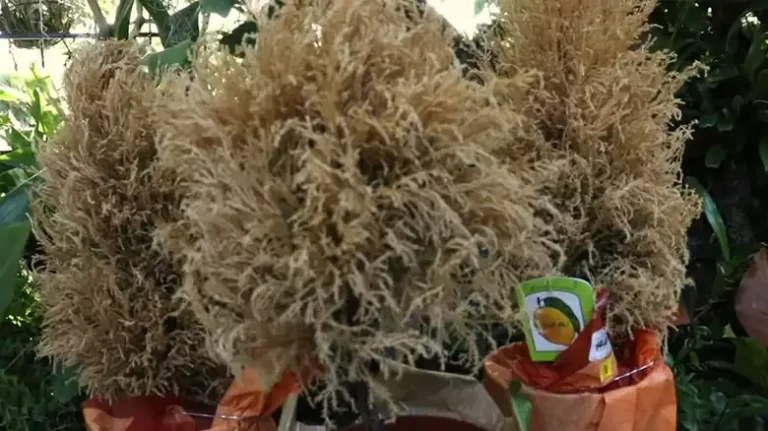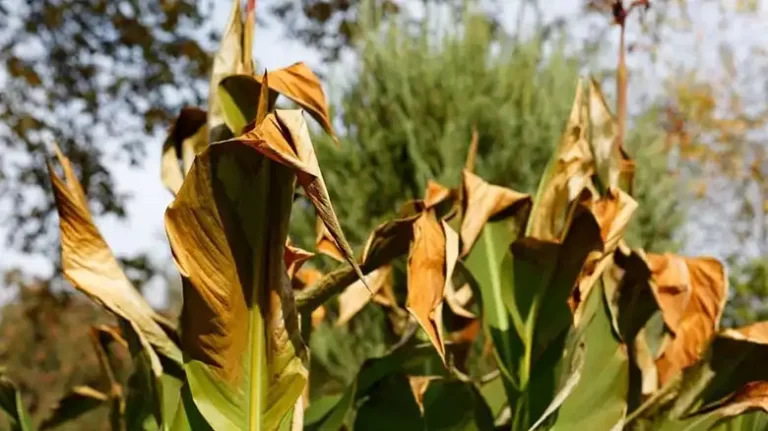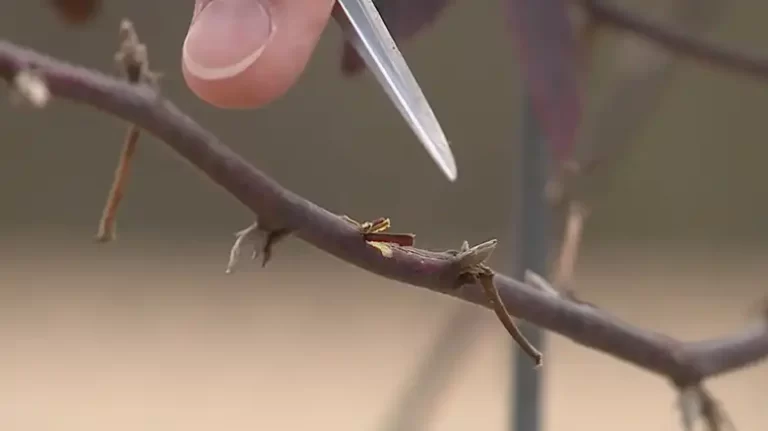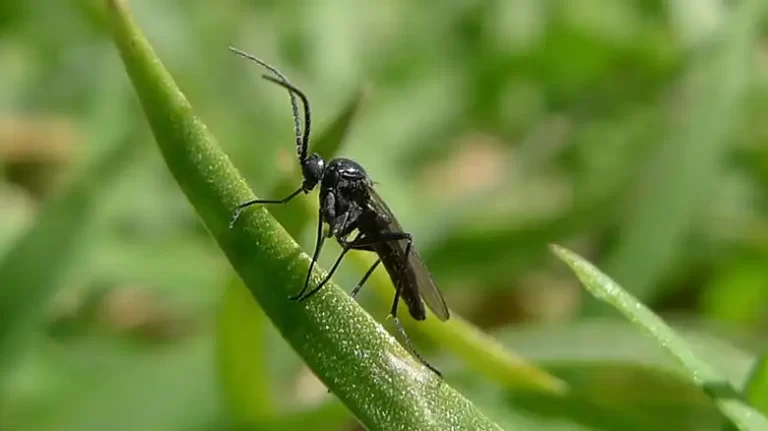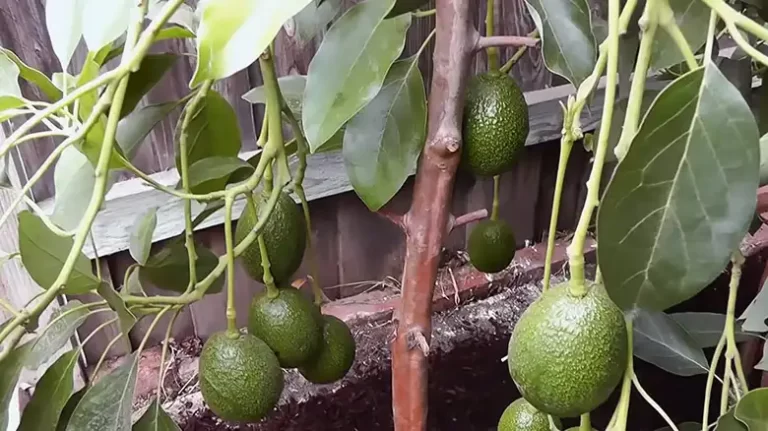How to Get Rid of Asiatic Jasmine
When the lush, green tendrils of Asiatic Jasmine take over your garden, it can be a relentless battle. This invasive species, with its rapid growth and choking nature, often outcompetes native flora.
However, there’s hope on the horizon. In this comprehensive guide, we’ll explore effective strategies to reclaim your garden from the clutches of Asiatic Jasmine. Let’s dive in!
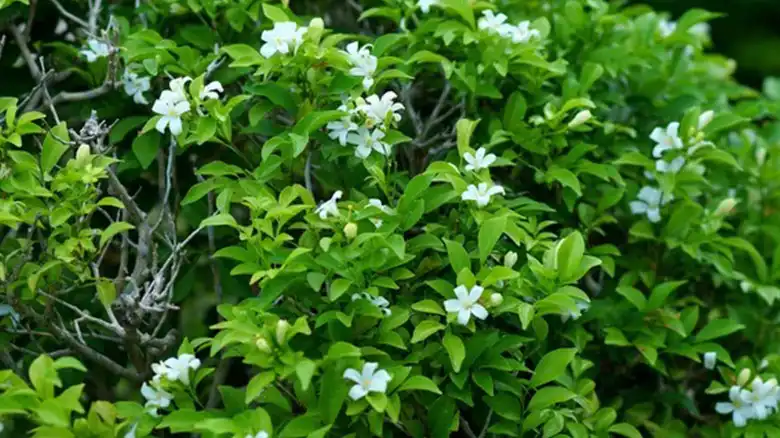
The Impact of Asiatic Jasmine
Asiatic Jasmine (Trachelospermum asiaticum), with its lush, green foliage, may appear charming at first, but beneath its inviting facade, it poses a significant threat to your garden’s harmony.
In this section, we’ll delve into the consequences of letting Asiatic Jasmine run rampant and the importance of addressing this issue promptly.
The Spread of Asiatic Jasmine
Asiatic Jasmine’s rapid growth is one of its most concerning features. Left unchecked, it can blanket your garden, smothering other plants in its path. Understanding how quickly it can take over is crucial.
Native Flora Disruption
One of the most profound impacts of Asiatic Jasmine is its ability to outcompete native plant species. As it monopolizes essential resources like sunlight, water, and nutrients, it disrupts the natural balance of your garden’s ecosystem.
Soil Quality and Water Retention
As Asiatic Jasmine invades, it alters the soil structure and quality. We’ll discuss how this can affect the retention of water, which is vital for the health of all the plants in your garden.
Potential Habitat for Pests
The dense, intertwined growth of Asiatic Jasmine can create ideal hiding spots for pests and insects. Learn about the risks it poses in attracting unwanted garden visitors.
Health and Safety Concerns
Beyond the ecological impact, Asiatic Jasmine can also pose health risks to you, your family, and your pets. Skin irritations and allergies are not uncommon when handling this invasive plant.
Preparation for Removal
As you embark on the journey to eliminate Asiatic Jasmine from your garden, effective preparation is the key to success. In this section, we will delve into the essential steps and considerations before diving into the removal process.
Assess the Extent of the Infestation
Before you roll up your sleeves and start battling the Asiatic Jasmine, it’s crucial to assess the scale of the infestation. Walk through your garden and identify the areas where Asiatic Jasmine has taken hold. This initial assessment will help you plan your removal strategy.
Gather the Necessary Tools
Just like any job, having the right tools makes all the difference. For manual removal, you’ll need basic gardening tools such as pruners, hand trowels, and gloves. If you plan to use herbicides, make sure you have the appropriate safety gear and equipment on hand.
Plan Your Approach
Once you’ve identified the infested areas and gathered your tools, it’s time to plan your approach. Decide whether you’ll opt for manual removal, chemical control, or a combination of both.
Your choice will depend on the severity of the infestation, your personal preferences, and your commitment to environmentally friendly methods.
Safety First
Your safety is of paramount importance during the removal process. Be sure to wear protective clothing, including long-sleeved shirts, pants, and gloves. In addition, consider wearing safety goggles to protect your eyes from any potential splatters of herbicides.
Weather Considerations
The weather can have a significant impact on the success of your removal efforts. Choose a day for removal when the weather is calm, without wind or rain. This will ensure that herbicides are applied precisely and won’t accidentally harm non-target plants.
Inform Others
If you have family members or neighbors who may be affected by your removal efforts, it’s a good idea to inform them in advance. This way, they can take precautions if necessary, especially if there are individuals with allergies or sensitivities in the vicinity.
Dispose of Debris Properly
As you remove Asiatic Jasmine, you’ll accumulate a significant amount of plant material. Ensure that you have a plan for proper disposal.
Avoid composting the plant material, as it can potentially spread the invasive species. Instead, bag it securely and dispose of it in accordance with your local waste disposal guidelines.
Manual Removal Techniques
Manual removal techniques are practical and cost-effective methods for tackling Asiatic Jasmine infestations in your garden. These methods don’t rely on chemicals and can be tailored to the scale of your problem.
Let’s explore these hands-on approaches to regain control of your garden:
1. Hand Pulling
Hand pulling is a straightforward but labor-intensive way to combat Asiatic Jasmine. Here’s how you can effectively pull it off:
- Gather Your Tools: All you need are a pair of sturdy gardening gloves and a kneeling pad for comfort.
- Choose the Right Time: Opt for a damp day or after a light rain when the soil is loose.
- Begin at the Base: Grasp the jasmine plant near the base and pull gently but firmly, ensuring you get as much of the root as possible.
- Inspect the Soil: Check the soil for remaining root fragments or sprouts. Remove them to prevent regrowth.
- Dispose Properly: Bag the pulled jasmine in garbage bags and dispose of it safely, as this plant can re-root.
2. Digging and Shoveling
For more extensive infestations or when you want to minimize soil disturbance, digging and shoveling can be effective:
- Tools Required: You’ll need a sharp shovel or garden spade, a hand trowel, and a pair of gloves.
- Start with Edging: Create an edge around the jasmine-infested area to prevent its spread.
- Dig Deep: Begin digging, aiming to get at least 6 inches deep to remove the entire root system.
- Inspect and Repeat: After digging, inspect the area for any remaining root fragments or shoots, removing them promptly.
- Dispose Mindfully: Place the removed plant matter in garbage bags and dispose of it properly.
3. Smothering
Smothering Asiatic Jasmine is an eco-friendly and low-cost method that inhibits its growth by cutting off light and air. Here’s how to smother this invasive plant:
- Gather Materials: You’ll need cardboard, newspaper, or black plastic sheets.
- Lay the Material: Cover the jasmine-infested area completely with your chosen material. Overlap the sheets to prevent any gaps.
- Weight It Down: Use bricks, stones, or mulch to keep the covering in place.
- Patience is Key: Leave the covering in place for several months to ensure the jasmine is deprived of sunlight.
- Check for Progress: Periodically lift the covering to inspect and remove any surviving jasmine shoots.
4. Solarization
Solarization takes advantage of the sun’s energy to kill Asiatic Jasmine. Here’s how to harness the power of sunlight:
- Prepare the Area: Clear the area of debris and cut the jasmine plants close to the ground.
- Moisten the Soil: Water the soil thoroughly, which enhances heat conduction.
- Secure Clear Plastic Sheeting: Cover the area with clear plastic sheeting, sealing the edges to trap heat.
- Wait for Sun Power: Let the plastic sit for 4-6 weeks during the hottest part of the year, allowing the sun’s heat to cook the jasmine roots.
- Monitor Progress: Check periodically for signs of withering and dying jasmine, then remove the plastic.
Chemical Control Methods
When it comes to tackling Asiatic Jasmine in your garden, chemical control methods can be highly effective. These techniques involve the use of herbicides to target and eliminate the invasive plant.
Here, we’ll delve into the details of chemical control methods, from understanding the types of herbicides available to the proper application guidelines.
Types of Herbicides
Before you begin using herbicides, it’s crucial to understand the different types available:
- Selective Herbicides: These herbicides target specific plant types, which means they can help eliminate Asiatic Jasmine while sparing your desirable plants. Read the label to ensure it’s safe for your garden’s other inhabitants.
- Non-Selective Herbicides: These herbicides are broad-spectrum and will kill any plant they come into contact with. Exercise extreme caution when using non-selective herbicides to avoid harming nearby vegetation.
- Systemic Herbicides: These herbicides are absorbed by the plant and travel through its vascular system, ultimately reaching the roots. This method is particularly effective for Asiatic Jasmine, as it ensures the entire plant is affected.
- Contact Herbicides: Contact herbicides work on the plant tissues they come into contact with but don’t travel to the roots. They’re generally less effective in eradicating Asiatic Jasmine entirely.
Choosing the Right Herbicide
Selecting the appropriate herbicide is a critical step in the chemical control process. To make an informed choice:
- Identify Your Target: Ensure you correctly identify Asiatic Jasmine, as different herbicides work on different plants. Refer to our section on recognizing Asiatic Jasmine for guidance.
- Read the Label: Always read the herbicide label to understand its composition, application instructions, and safety precautions. Follow the manufacturer’s recommendations diligently.
- Consider Environmental Impact: Be conscious of the environmental impact of the herbicide you choose. Opt for herbicides with a minimal impact on the ecosystem.
Application Guidelines
Once you’ve chosen the right herbicide for your Asiatic Jasmine problem, follow these guidelines for safe and effective application:
- Timing: Herbicides are most effective when applied during the plant’s active growth phase, typically in spring and early summer. Avoid applying during drought conditions or when the plant is stressed.
- Weather Conditions: Choose a calm, wind-free day for application to prevent herbicide drift. Rain shortly after application can wash away the herbicide, so ensure rain is not expected within the next 24 hours.
- Protective Gear: Always wear protective clothing, including gloves, long-sleeved shirts, and eye protection. Respirators may be necessary when using concentrated herbicides.
- Sprayer Selection: Use an appropriate sprayer for even herbicide distribution. Different herbicides may require different types of sprayers.
- Avoid Drift: Be mindful of the herbicide drifting onto non-target plants. To minimize drift, apply herbicides on a calm day and at lower pressure.
- Uniform Coverage: Apply the herbicide evenly to all parts of the Asiatic Jasmine, ensuring complete coverage.
- Post-Application Care: After application, keep the area undisturbed for the recommended time to allow the herbicide to take effect. Do not mow or trim the treated area immediately.
- Disposal: Safely dispose of any leftover herbicide, containers, and equipment according to local regulations.
Common Questions
Q1: What is Asiatic Jasmine, and why is it a problem in gardens?
Asiatic Jasmine (Trachelospermum asiaticum) is an invasive ground cover plant known for its rapid growth and ability to outcompete native plants. It becomes a problem in gardens as it can overtake desirable plants, disrupt local ecosystems, and pose health risks.
Q2: How can I recognize Asiatic Jasmine in my garden?
Asiatic Jasmine has distinctive oval-shaped leaves, typically measuring 1-2 inches in length. It spreads low to the ground and features a trailing growth pattern. Its leaves are glossy and dark green.
Q3: What’s the environmental impact of Asiatic Jasmine?
Asiatic Jasmine disrupts local ecosystems by competing for resources and nutrients with native plants. This can lead to imbalanced ecosystems, negatively affecting local flora and fauna.
Q4: What are some safety precautions to take when removing Asiatic Jasmine manually?
When manually removing Asiatic Jasmine, wear gloves, long sleeves, and eye protection to avoid contact with its irritants. Ensure you are aware of any potential allergies to the plant.
Q5: What are the best times for hand-pulling Asiatic Jasmine?
It’s ideal to hand-pull Asiatic Jasmine during its active growing season, which is typically in the spring and early summer. The soil is softer during these times, making it easier to remove.
Q6: Are chemical control methods safe for my garden and the environment?
The safety of chemical control methods depends on the herbicide chosen and its application. Always read the label and follow manufacturer recommendations to minimize environmental impact.
Q7: Can I use herbicides to get rid of Asiatic Jasmine without harming other plants?
Yes, you can use selective herbicides that target Asiatic Jasmine while sparing other desirable plants. Be sure to read the label and follow instructions carefully.
Q8: How long does it take to completely remove Asiatic Jasmine from a garden?
The duration of Asiatic Jasmine removal can vary depending on factors like the extent of infestation, chosen removal method, and environmental conditions. It may take several weeks or months to completely eradicate it.
Q9: What do I do with the Asiatic Jasmine after removal?
Properly dispose of removed Asiatic Jasmine to prevent it from spreading. Avoid composting it, as it can regenerate. Follow local regulations for disposal.
Q10: Can I replant my garden after removing Asiatic Jasmine, and if so, what should I plant?
Yes, you can replant your garden with native or non-invasive plants. Native plants are an excellent choice as they are well-suited to your local environment and support local wildlife.
Final Thoughts
In the battle against Asiatic Jasmine, you’re now armed with knowledge and strategies to restore your garden’s balance. By understanding the impact of Asiatic Jasmine, preparing for its removal, and choosing the right technique, you can turn the tide in your favor. Take action, and watch your garden flourish once more.

